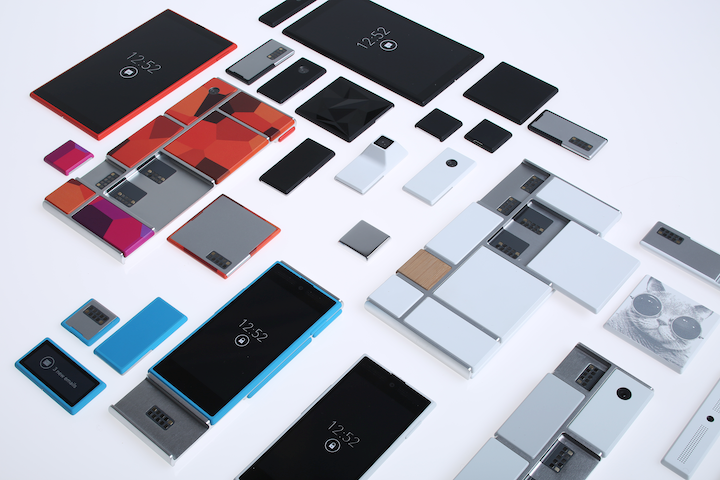Google's modular Project Ara smartphone is an innovative ambition not only because it would give consumers control over device hardware design but also because it could dismantle entire modern manufacturing systems. Or at least 3D-printing could.
Google and 3D Systems signed a multiyear contract in 2013 for a "factory of the future" of sorts, where they would develop and build a manufacturing process and 3D-printing platform for Project Ara. 3D systems has today unveiled the techniques it is implementing to make that innovative ambition a reality. For one, it isn't using the conventional printing process.
Think of Project Ara as an open platform for smartphones. With it, you can add and remove options and specifications to suit your own needs when buying a smartphone. It's like adding and removing Lego blocks. But many have wondered how manufacturers are supposed to supply parts or assemble smartphones using so many custom parts.
3D Systems explained that the conventional printing process suffers from frequent changes in speed, so it is developing a continuous motion system for more streamlined printing. It's fast enough to handle mass production and should generate "millions" of smartphone parts, even when those parts are customised and require special attention.
READ: Motorola gives 3D Systems the go-ahead to build modular Ara phones
The company said it is also working on (in conjunction with Carnegie Mellon University and X5 Systems) conductive inks for printing functional parts and modules. With conductive inks, 3D Systems could print both hard and soft materials in a colour spectrum that includes cyan, magenta, yellow, black, white, and clear/transparency.
That means you'll be able to build a modular smartphone in a variety of shapes, materials, and hues. You'll have to wait until 2015 of course, but that's plenty of time to start planning what you want to design and order.

